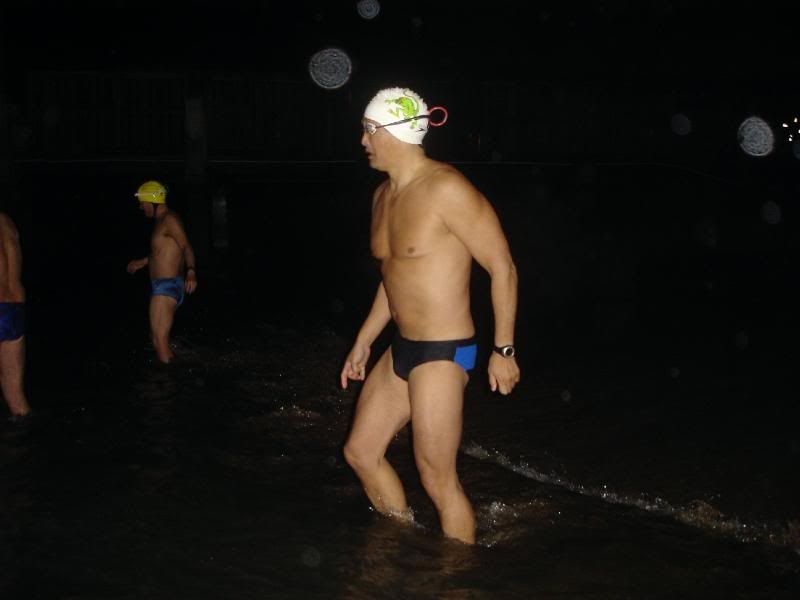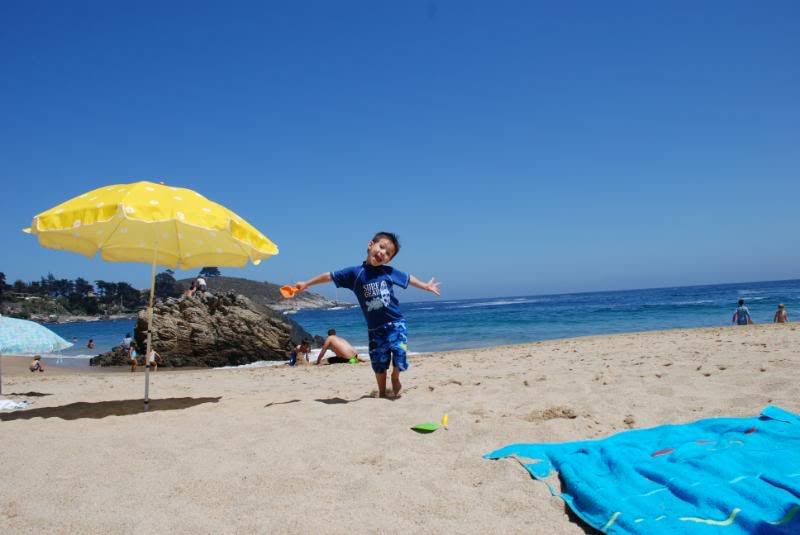
"Only those willing to risk going too far can possibly find out how far one can go."
- T.S. Elliot
Tomorrow morning, before the sunrise, Ted Tiles and I are going to find out how far we can go. To chase down some Polar Bear miles and in the spirit of adventure we are going to see how many miles we can log in a single day.
We really don't know what to expect but we are aiming for 5+ miles. The plan is to swim 1.5 miles, drink, eat, rewarm, and then do it again, and again, and again, until we call it quits. It will be a challenge to be sure. I've only 'double-dipped' on a few occasions, I've never gone in a third time.
I'll bring a camera along and post a recap - probably Sunday. Wish us luck! Thanks for being a complete nut Ted. I'm looking forward to it (sort of).















